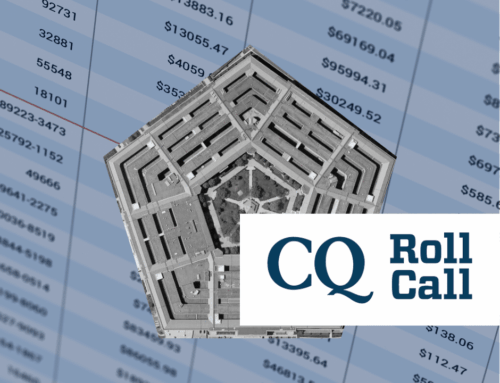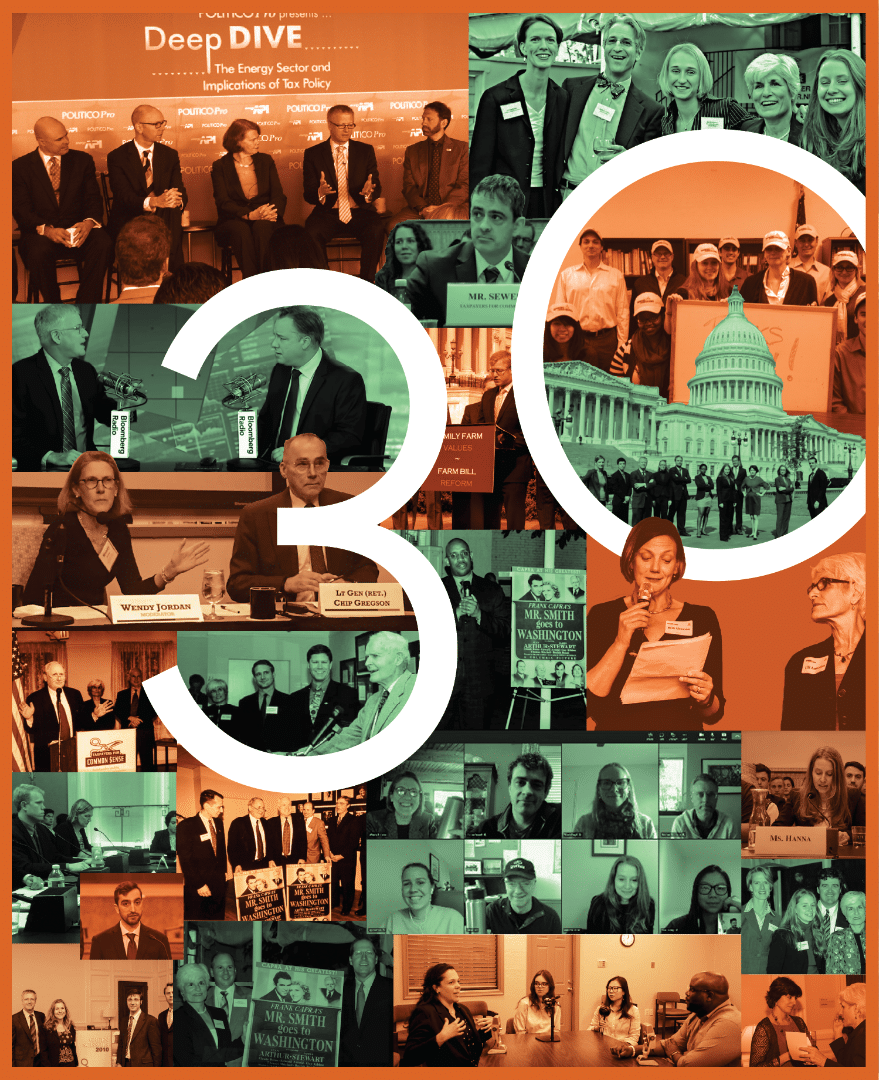Military construction programs are an often overlooked aspect of the Pentagon’s annual budget. Well, after this tumultuous year, we think people will be paying more attention!
At TCS we’ve scoured the MILCON requests for years. This year’s negotiated final number is over $12 billion. That’s a lot of bricks and mortar! Because of the long lead time needed to build major new facilities – particularly on overseas bases – construction funds are so-called “five-year” money. In other words, the military services can take up to five fiscal years to obligate the total amount appropriated by Congress. This is in contrast to, say, operations and maintenance funds which must be obligated in the fiscal year for which it was appropriated. So we know to look at the MILCON budget request for a clue to where the Pentagon is planning to increase missions or move people.
But there’s another reason that five year life for MILCON money is important. Let’s say, you were looking for money for a “special project” and you wanted money that had been appropriated by Congress but that the federal government hadn’t spent yet. Military construction would appear to be ripe with low-hanging fruit. And, in fact, the Trump Administration made a major grab this year for military construction funds to build barriers on the southern border. The final “Omnibust” disallowed the attempt to dedicate $9.2 billion in military construction funds for the Army (via the Corps of Engineers) to build the wall. First, building a border barrier falls within the jurisdiction of the Department of Homeland Security. But, as we wrote earlier in our analysis of the OMNIBUST, unfortunately the final negotiated measure still allows the President to transfer money from other accounts to pay for barrier construction. We’ve written a lot about that recently, and we’ll continue to do so.
Unfortunately, the addiction to “off-budget” slush funds continues in this portion of Pentagon spending. Of the more than $12 billion in military construction, roughly $645 million is in either Overseas Contingency Operations funds or European Deterrence Initiative (EDI) spending. EDI is a slush fund within a slush fund, both off-budget and lacking in normal oversight. And then you add that more than $321 million of EDI construction (almost exactly half) is in “Unspecified Worldwide Construction” (longer and fancier way of saying “classified”) and you have an alarming lack of oversight into more than half a billion of your taxpayer dollars.
To the good, Congressional negotiators refused to allow $88.5 million to be spent on a detention facility at Guantanamo Bay, Cuba. Originally requested as an “overseas contingency” project, this was rejected although two other facilities at Gitmo are allowed to proceed with contingency funds. As we’ve been saying for two years – we’ve been holding prisoners at our base in Cuba for more than 15 years. This cannot be classified as a “contingency” with a straight face.
We’ll keep paying attention to this largely ignored portion of Pentagon spending. It might not be as cool as writing about the F-35, but it’s about the same amount of money this year. And that deserves a second look.










